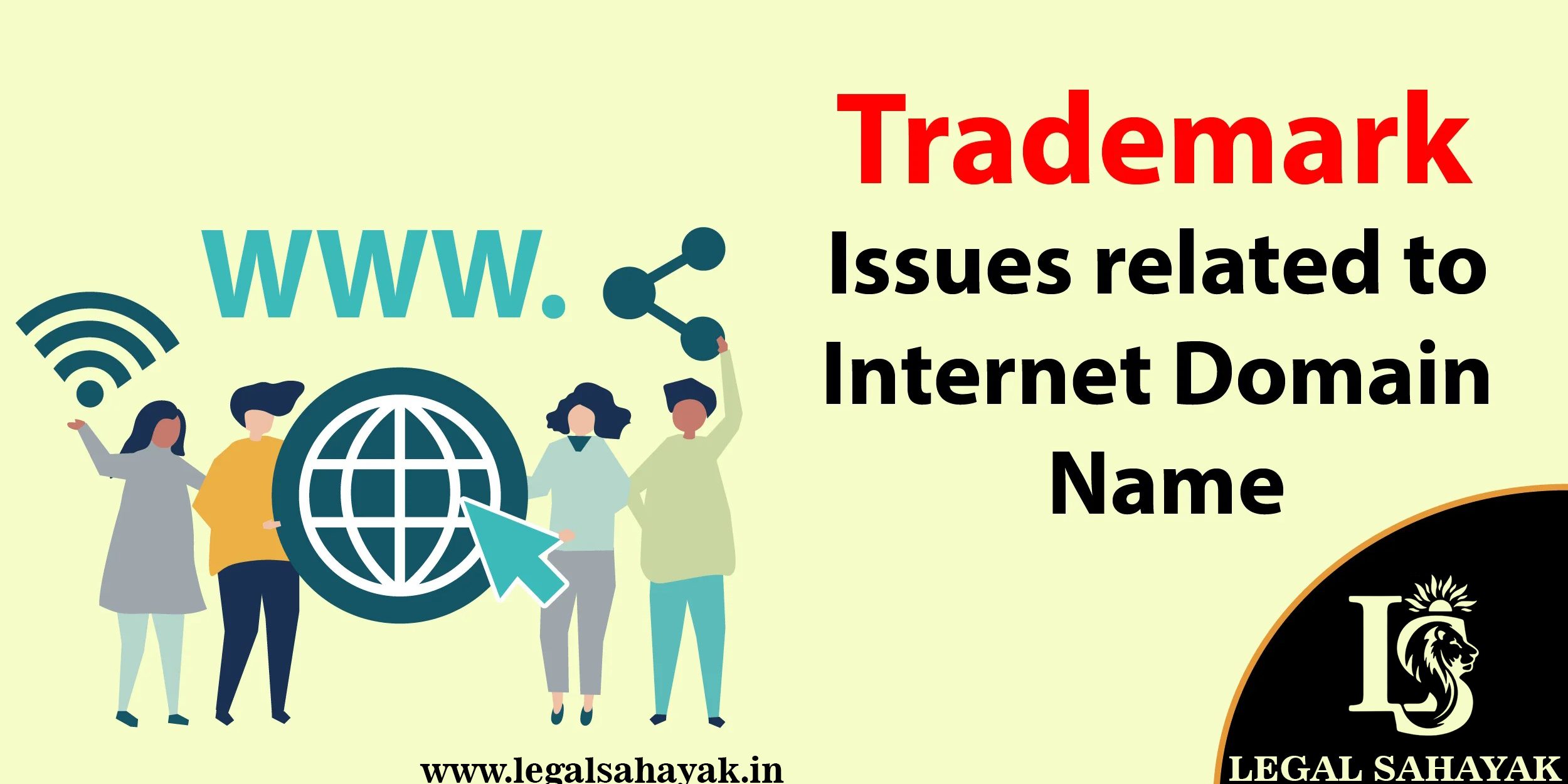Trademark Issues related to Internet Domain Name
Trademark Registration
After successful trademark registration, there can be nothing worse for a businessman than finding out that the corresponding domain name isn’t available. Such trademark issues related to domain names are fairly common and can be resolved based on the context. Let’s understand trademark and domain name issues in detail.
Once the trademark registration is complete, hosting a website is the next step, for which a domain name is to be registered. The regulating body responsible for maintaining IP address records is called the Internet Corporation for Assigned Names and Numbers (ICANN).
A domain name can be divided into Top Level Domain (TLD) and Second Level Domain (SLD). TLD is further divided into generic (gTLD) or geographic (CcTLD), wherein generic domain names are international in nature (Ex – .edu,.com) and geographic domain names are for particular nations (Ex – .in). Thus, the first step in domain registration is deciding the TLD and SLD. Once that has been settled, the registrar will collect the necessary information and send it to the registry that maintains the directory.
Disputes
-
Cybersquatting
Suppose a highly prestigious company, say Tanishq, does not have a website yet. Someone buys the domain name ‘tanishq.com’ either intending to sell it later to Tanishq at a profit or to attract traffic and generate money through advertising. You just got yourself a case of cybersquatting: the act of registering and using a domain name in bad faith, a common trademark and domain name dispute.
-
Cyber Twins
Cyber twins or concurrent disputes arise when both parties have a legitimate claim to a domain name. This is the most complicated of all trademark issues related to a domain name. For example, the case of Indian Farmers Fertilizer Cooperation Ltd vs. International Foodstuffs Co. for the domain name iffco.com.
-
Reverse Domain Name Hijacking
As the name suggests, TDNH is the inverse of Domain Hijacking, when a trademark holder falsely accuses a legitimate domain name holder with cybersquatting and wrongly pressurizes him to give it up to another party. For instance, the infamous case of Indian Hotels Company Ltd. and the domain name IndianHotels.com.
Settlement
There are several ways in which trademark issues related to domain names can be settled
Non – Intervention
If the domain name is not vital, contesting for it will only cost time and money. Therefore, it is not worth fighting over.
Mutual Agreement
Another way of dealing with such issues is to arrive at a pact of understanding between the two parties. This could either take place in the form of a disclaimer on the domain owner’s website stating that it is not related to the trademark holder’s business or a link displayed which redirects traffic that has erroneously arrived at their site, back to the trademark bearer’s website.
Trademark Law
Under the Anticybersquatting Consumer Protection Act of 1999, individuals with no intention of creating a legitimate website are prohibited from registering a domain name that already has a trademark holder. Disputes can even be registered under the Uniform Dispute Resolution Policy (UDRP) founded by ICANN. The UDRP process takes relatively less time, as the verdict is given within 30-60 days of lodging a complaint.
Breach of ISP’S Terms and Conditions
In case a website is run illegally or immorally, it is in violation of the Internet Service Provider’s Terms and Conditions. As a result, the ISP can have the site suspended. The domain name owner may be more than willing to transfer ownership to the trademark holder in exchange for a reasonable sum.
If you’re looking for expert trademark registration services, contact Legal Sahayak today.







